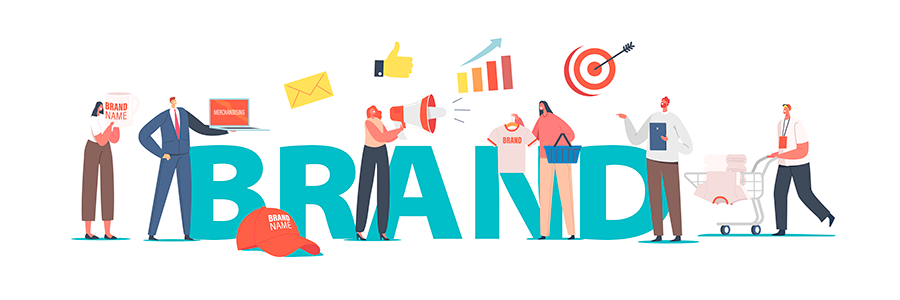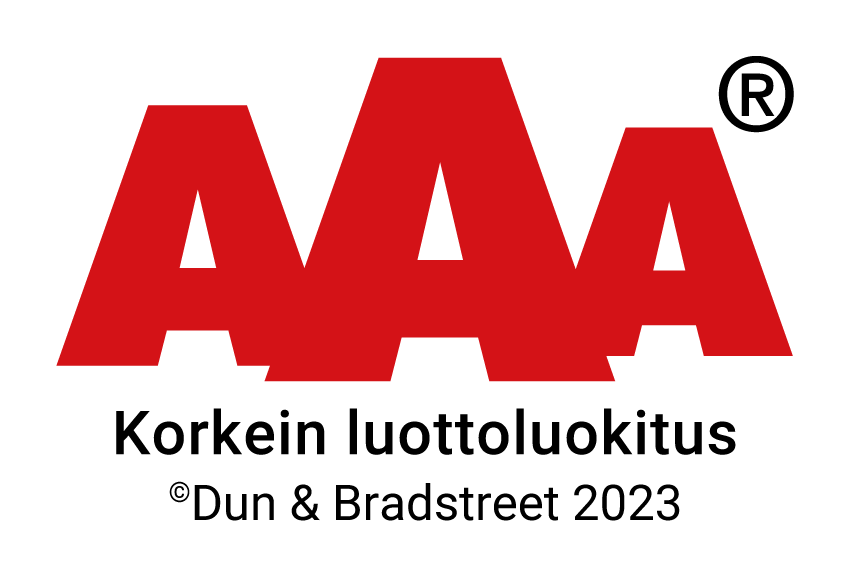Brand roll-out – opportunity or risk?

Building a new brand or renewing an old one is a time-consuming process. The real work begins when the finalized brand identity is launched and implemented. Poor implementation can easily ruin even excellent planning and preparation. So how do you build a coherent and consistent brand – and avoid the pitfalls of the roll-out phase?
1. Embedding your brand values in your business strategy
A strong brand reflects your company values and ways of working. The brand experience is created and reinforced in every customer encounter. At your touch points, your brand image is shaped by the actions, views and values of your staff, your business models, your responsiveness and business logic, and your other service and product offerings. Your brand is therefore much more than a carefully crafted visual identity or a story that your communications foster.
Your brand and your company values are carried out in every physical or virtual encounter between your company and your customers.
Conflicting signals in your customer encounters may undermine the credibility of both your brand and your company. Ensure that your staff and key stakeholders have understood your core brand message and they are able to communicate it in the way you want. Whenever possible, involve your staff in the brand work before the actual implementation phase. At the very least, keep them informed of upcoming changes. Also explain the background to your brand, its values and objectives, and justify how they implement your company strategy.
A strong, effective brand communicates your company strategy into practical actions and deliverable promises.
Customers expect a good brand to deliver value beyond pure product benefits. Empty promises such as sustainability no longer convince informed consumers. The company inspires trust by genuinely guiding its actions and its people through a coherent set of values and objectives, and by delivering on its promises.
Branding is a great opportunity to unify your organizational culture and develop common goals and actions. By implementing a new brand through your digital asset management, you can roll out digital branding tools and policies that make everyday life easier across your entire organization at the same time.
2. Networking
A brand ecosystem supports consistency in the visuals and content of your messages. Fragmented communication channels challenge the coherence of your brand. How do you maintain a unified brand message when media requirements and even the senders of messages change from channel to channel?
Thus, brand building has become more or less of an ecosystem building exercise – bringing together and coordinating multiple stakeholders and media streams to achieve a common goal.
A memorable, controlled, and coherent brand experience is the cornerstone of customer-centric marketing.
Personalization has become the new normal. A data-driven customer experience is built around personalization based on data collected from different touchpoints. If stakeholders outside your organization are needed to deliver your product or service, the data provided by them is also important. A skillfully managed brand experience is personalized, yet consistent and aligned with your brand image. It is worth thinking through your personalization requirements and writing them into your brand guidelines.
Intelligent personalization will give added power to messages produced at the right time and through the right channels from the brand.
Harness your digital asset management as a hub for brand data and information. Distribute and track your brand assets accurately and securely outside your organization. Ensure that your latest brand data and guidance is available to your entire ecosystem.
Disseminate best practices and ideas to your brand ecosystem. Produce ready-to-use materials and make them widely available. At the same time, you lower the threshold for producing and using your brand guidelines material in the way you want.
3. Prioritizing and anticipating
Digital brand management requires agility and responsiveness. Your customers complement your carefully constructed brand image with their own and others’ beliefs and experiences of your products, services, and business. Some of these pieces are beyond your control. If your brand attracts attention on social media, for example, ups and downs can happen in the blink of an eye. That’s when you should react immediately, not days later.
The channels of brand communication are not only in the control of the sender of the message. Untrue beliefs, rumors, praise and thanks can spread effectively through electronic channels.
When implementing a brand image, you will have to produce a large amount of material that is vital to your organization. Prioritize your core business activities such as sales, marketing and communications materials. This way, your business will not suffer from a lack of brand-related information. For example, it is important to keep the content of your website and social media channels up to date, as they are your direct electronic showcase in the world.
Divide your content that needs updating into a few priority categories. Once you’ve got the most essential day-to-day sales and marketing documents in shape, you can focus on less urgent updates.
Be prepared to communicate to your existing customers how your brand will keep the values intact. That way, your satisfied customers won’t have to wonder whether they’re still getting the value for money they want. Make sure that the purchase decision your customers made in the past does not turn into a mistake in your new brand communication.
Centralized asset management supports and speeds up the process of updating your materials. You can find all your materials, including graphical instructions, in one place, where you can also manage and monitor their use. Personalize and target your messages to different customer groups, standardize visual identity elements and automate your publishing processes.
By connecting your isolated assets into a common ecosystem, you can ensure that the information that matters for your brand and reputation is accessible to all.
« Salesperson, get new customers efficiently and easilyPublishing automation is the best solution to streamline the publishing process »






